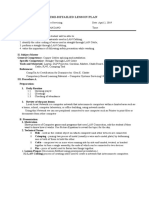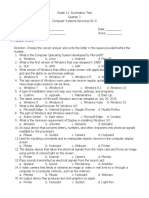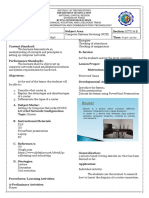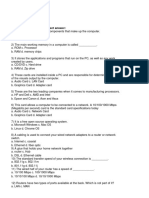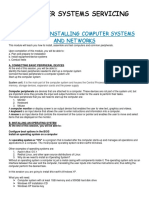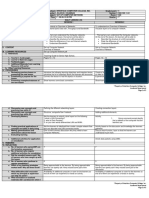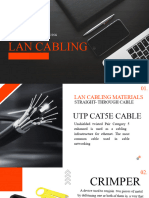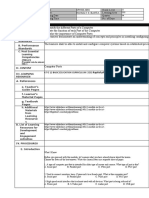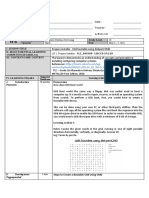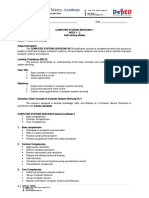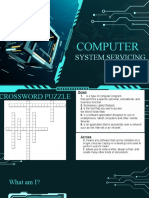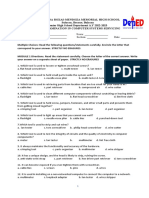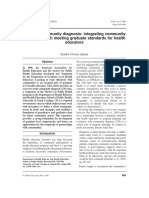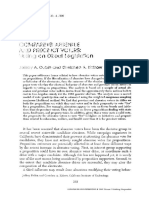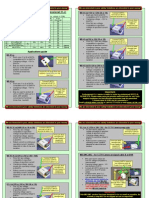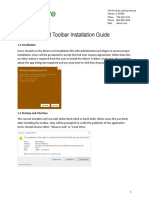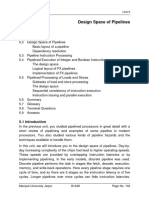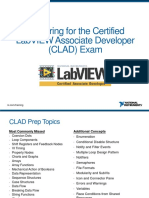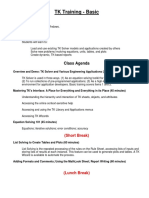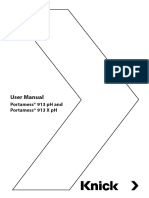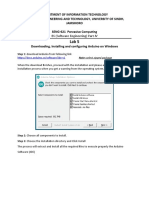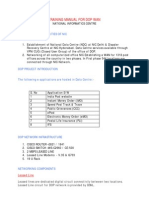0% found this document useful (0 votes)
464 views8 pagesComputer Systems Servicing - Module 2
This module teaches how to configure computer systems and networks. It covers planning and preparing for configuration, configuring systems and networks, and inspecting and testing configured systems and networks. Specific topics covered include connecting and configuring printers, scanners, webcams, and headsets or speakers to a computer system. Learners will learn how to connect these peripherals and install necessary device drivers, and perform basic tests to ensure proper configuration.
Uploaded by
Bri ParalesCopyright
© © All Rights Reserved
We take content rights seriously. If you suspect this is your content, claim it here.
Available Formats
Download as DOCX, PDF, TXT or read online on Scribd
0% found this document useful (0 votes)
464 views8 pagesComputer Systems Servicing - Module 2
This module teaches how to configure computer systems and networks. It covers planning and preparing for configuration, configuring systems and networks, and inspecting and testing configured systems and networks. Specific topics covered include connecting and configuring printers, scanners, webcams, and headsets or speakers to a computer system. Learners will learn how to connect these peripherals and install necessary device drivers, and perform basic tests to ensure proper configuration.
Uploaded by
Bri ParalesCopyright
© © All Rights Reserved
We take content rights seriously. If you suspect this is your content, claim it here.
Available Formats
Download as DOCX, PDF, TXT or read online on Scribd
/ 8



